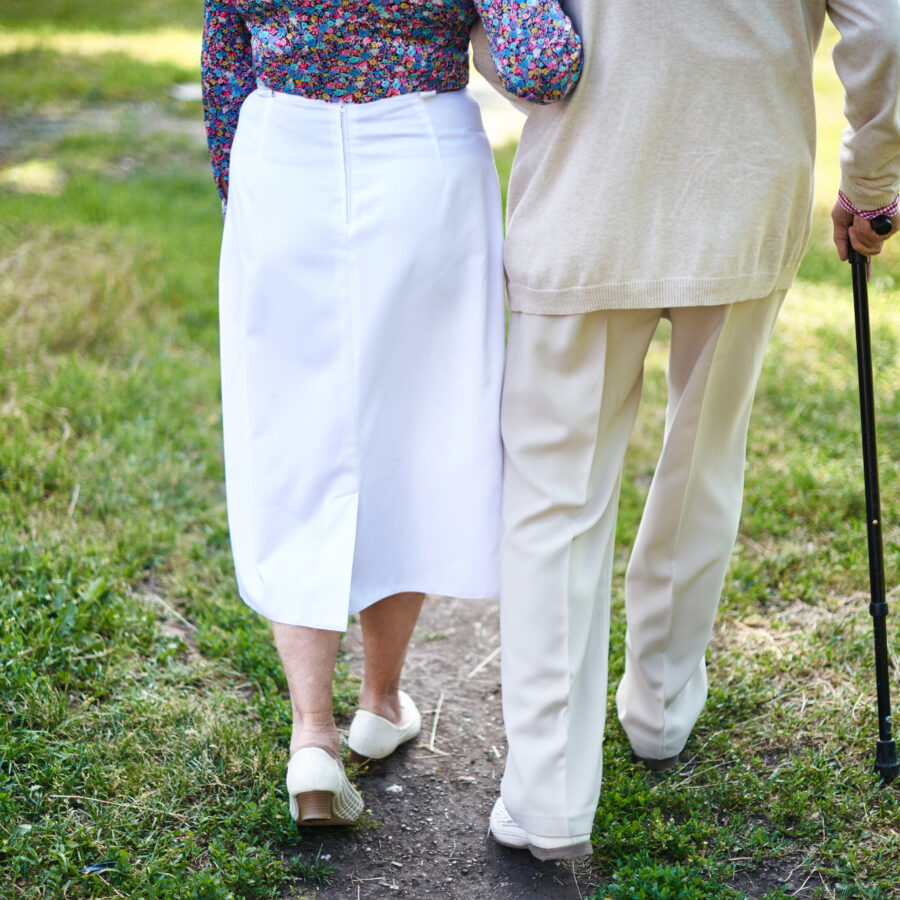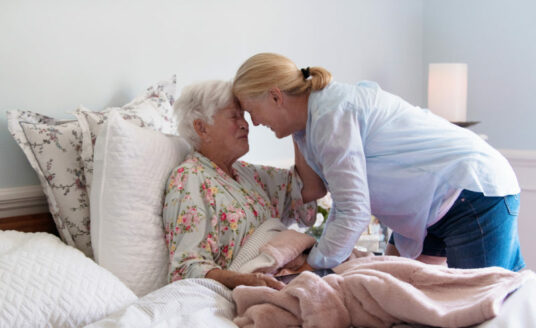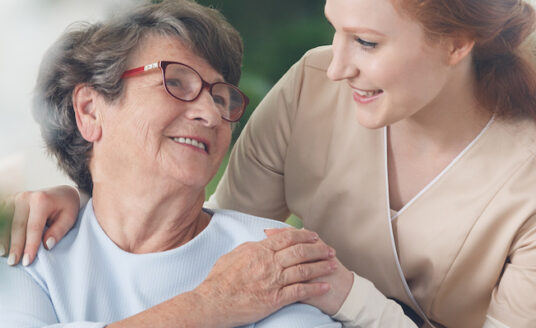Along with our first step probably came our first fall. But because we had strong muscles and bones and plenty of baby fat to protect us, the spill was probably pretty harmless. However, the tendency to fall increases as people age or face certain medical conditions and the injuries threaten to be more serious. Fortunately, fall prevention can be easily implemented with healthy lifestyle choices and safety modifications in the home.
Facts about Falls and Aging Adults
- Falls are the leading cause of accidental death in those over 65 years of age
- If you are 65 years of age or older, you have a 1 in 5 chance of falling this year
- 9 out of 10 hip fractures result from a fall
- 25% of all emergency room visits are due to a fall
Risk factors that make a person more likely to suffer a fall, including:
- Recent falling
- Gait/balance disorders
- Confusion/disorientation
- Poor vision
- Multiple medications
- Bladder/bowel urgency
- Diagnosis of Parkinson’s disease, stroke, amputations, seizures, diabetes, vertigo, arthritis and osteoporosis
- Fractures of the lower extremity
- Environmental hazards
There are many safety modifications in the home that can be taken to help prevent the likelihood of a fall of your loved one. A key element in fall prevention is to create a “Trip-Free” environment and practice these behaviors:
Home Safety Checklist
- Provide adequate lighting so no one trips over unseen objects; use night lights in bedroom, bathroom, halls and stairways
- Do not wax floors
- Remove throw rugs unless taped down. Tack carpet edges down
- Do not stand on step stools and ladders; ask younger persons to perform climbing chores
- Use rubber mats in the bathtub and shower
- Install handrails on both sides of the stairways and install grab bars in bathtub/shower and by the toilet
- Install raised toilet seats
- Keep sidewalks, walkways and driveways repaired so that they are smooth and even
- Keep pathways clear of shrubbery
- Ensure that the telephone and/or emergency call buttons can be reached from the floor should a fall occur
Personal Safety Checklist
- Wear shoes with non-skid soles (NO house slippers)
- Check vision every year
- Check hearing at least every 2 years – more often if hearing problems are reported or suspected
- Keep a night light on
- Follow up at once if any of the following conditions arise as they can cause falls:
- Foot pain or corns
- Feelings of confusion
- Dizziness (especially upon standing up)
- Weight loss
- Weakness, unsteadiness on feet
- Disturbances or vision or hearing
- Arthritis or other joint stiffness
- Ensure that the following assessments are made at all regular checkups:
- Medications – particularly people who take four or more drugs daily or who use sedative, hypnotic or antipsychotic medications
- Blood pressure – check for alternations when standing, after meals, or after taking certain medications that could cause orthostatic hypotension (dizziness upon standing up) and lead to falls
- Gait (Walking Ability) and Balance
- Nutrition
- Overall Physical Fitness
- Encourage the following good health habits:
- Limitations on alcohol intake
- Regular exercise such as walking
- Good nutrition, including vitamin D and calcium to keep bones strong
- Change positions slowly
- Ask for adaptive devices if they would help you (toilet with arms, grab bar, reacher, etc)
Following these fall prevention guidelines will decrease the chances of an incident and give you peace of mind that your senior loved ones are in a safe environment. For more tips on ensuring you and your loved ones are prepared for any incident, check out our Senior Home Safety section on our blog.
Want to find out more?
If you’d like to stay up to date with Bethesda Health Group, sign up here to receive our blog and newsletters!
"*" indicates required fields
Related Articles
Want to find out more?
If you’d like to stay up to date with Bethesda Health Group, sign up here to receive our blog and newsletters!
"*" indicates required fields



